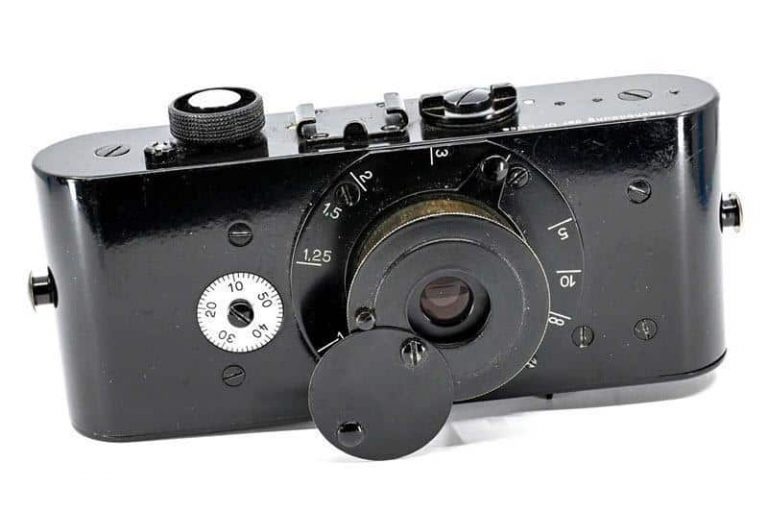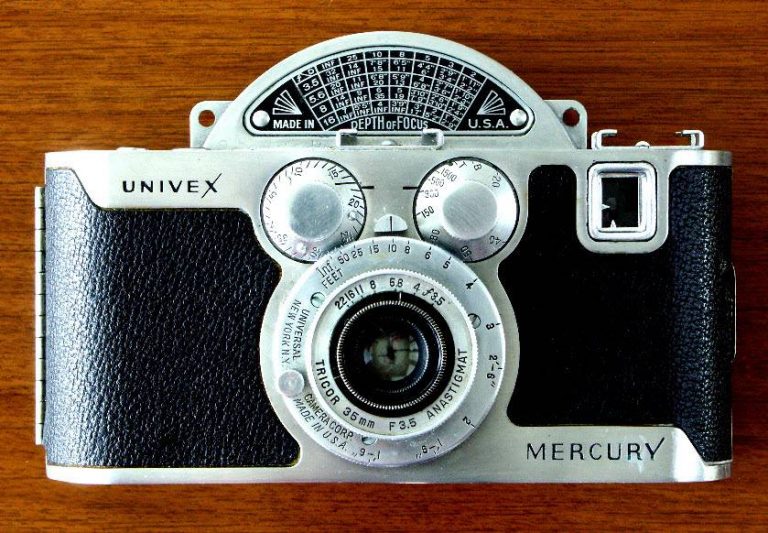As they sift through donated cameras, preparing for the next PHSNE Auction at Photographica 89 (April 23, 2022 at Newton North High School in Newtonville, MA), the warehouse crew occasionally finds a rare or unusual camera. In this case, one previously unknown to several of the collectors in the room: the digital Kodak DCS Pro 14n.
Introduced in 2002, but not available until 2003, the Kodak DCS Pro 14n is a “Nikon F80-based F-mount digital SLR” https://en.wikipedia.org/wiki/Kodak_DCS_Pro_14n Its run was short-lived; it was discontinued in 2005, replaced by the Kodak Professional DCS Pro SLR/n: “a similar, but improved model.”
Though bulky and heavy by today’s standards, at the time its hefty price tag—$5,000 list price—was due in part that it was “considerably smaller than any previous DCS digital SLR.” Based on the Nikon F80, the metal top of the camera was actually produced by Nikon. It featured a 13.89 Megapixel (4560×3048 pixel) full-frame 24x36mm CMOS sensor, and was the second full-frame digital SLR to reach the market, after the unsuccessful and short-lived Contax N Digital, and arrived one day before the successful Canon EOS-1Ds. All previous digital SLRs had smaller sensors with a crop factor larger than 1.0, making a wide-angle field of view difficult to achieve.
Ken Rockwell, a reviewer who acknowledged he “took a pass” on the camera and never handled it, nonetheless posted a very negative review of the DCS Pro 14n. https://www.kenrockwell.com/kodak/14n.htm

Among his many comments:
“From what I’ve read it takes waaaay too long to turn on (20 seconds, twice as long as most slow consumer point-and-shoot digicams) … Worse still … is that I also read it has no power-saving mode …
As I understand it, this is a $400 Nikon N80 with some electronics added by Kodak, who in turn mark it up to $3,700 … People compare it to the Canon EOS-1Ds, but the only similarity is sensor size … This Kodak is a plastic Nikon N80 with a showy metal cover …
People who want the Canon can use [the price differential] to haggle down Canon, if you ignore the fact that they’re entirely different classes of cameras … The Kodak is only rated for 30,000 exposures … The Canon EOS-1Ds is rated for 150,000 exposures, more appropriate for a digital SLR camera …
The images are way too noisy at higher speeds, (even noisy in dark areas at slow speeds) and the real insanity is that the slower shutter speeds may be plagued with noise.”
Rockwell concluded: “For my $3,700 I way prefer the fully professional Nikon D1H or D1x, which sell for less. When I shoot digital I need speed, and this little Kodak lacks it. Even the D100 is much better, for less than half the price. Amateurs worry about meaningless resolution specs, professionals worry about getting the image in the first place.”
Get ’em while they last?
What the heck…

Are Those Even Cameras?!
Join the PHSNE Newsletter and learn more about photographic history and preservation. Already an expert? Come and share your collections and knowledge as we celebrate the history and advancement of photography.







